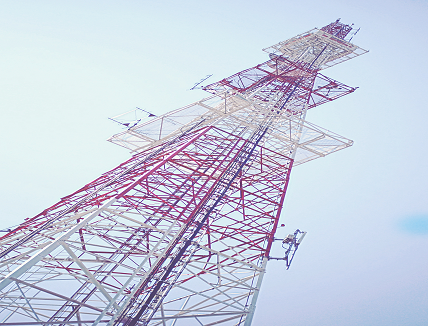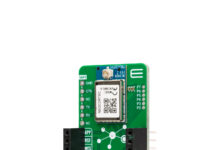
Advanced connectivity includes 5G/6G cellular, low-Earth-orbit satellites and wireless low-power networks. It helps to provide digital solutions with strengthened networks and increased geographical coverage. In addition, advanced connectivity ensures low energy consumption and latency rate with increased data throughput. Ultimately, it brings efficiency to the operation of different industries.
The Available Advanced Connectivity Networks
Currently, optical fiber provides the highest reliable throughput with low latency connectivity with a physical wire. On the other hand, LPWA networks ensure low-power wireless networks but have extensive area coverage. Consequently, it can support numerous connected devices. The next-generation Wi-FI or Wi-Fi 6, also known as industrial Wi-FI, ensures higher throughput. You can use Speed Test to verify this if you use Wi-Fi 6. This Wi-FI network has a significant controllable quality of services and, at the same time, provides cellular-like security.
The next-generation cellular technology includes 5G and 6G, which provide users with high-spectrum efficiency. Its additional benefits include high-bandwidth and low latency. If you are connected to a 5G network, you can check the internet speed on Airtel to see the difference in the internet speed of the 4G and 5G networks. Therefore, 5G and 6G suit consumers and industrial verticals. The only non-terrestrial wireless advanced connectivity at present is the LEO satellite constellations. Compared to existing satellites, their latency rate and geographical coverage are lower.
The Impact Of Advanced Connectivity On Different Industries
The advanced connectivity is now rolling out at an unprecedented speed. Consequently, it has numerous use cases in different industries. The impact of advanced connectivity will be highest in automotive and assembly, healthcare systems and services, aerospace and defense and retail.
In the automotive industry, it can improve vehicle navigation, preventing a collision. Furthermore, it can help in preventive maintenance and offer personalized infotainment. The high connectivity between devices with low-latency networks in the healthcare industry will allow doctors to monitor patients at home in real time. It will highly benefit patients suffering from chronic diseases.
The 5G network can benefit the aerospace and defense industry by boosting its performance and capability. Furthermore, the advanced non-terrestrial connectivity will kick in for critical communication between stakeholders.
Finally, advanced connectivity in the retail sector will help retailers in inventory management, warehouse operation improvement and supply chain coordination. Furthermore, it will allow the retailers to introduce augmented reality in the story to provide the customers with better product information.
The Possible Disruptions In Industries
The broader adoption of advanced connectivity will reduce the digital divide across the world. Internet users will notice a better experience of connectivity to the internet. Furthermore, use cases previously unfeasible because of high latency and low network speed will be possible. Advanced connectivity has the potential to cause disruptions for good.
For instance, in the construction industry, it will make it possible for the stakeholders to build information modeling and online 3-D printing. Also, with improved network connectivity in the IT sector, the demand for IoT-enabled devices and smart sensors will increase. Consequently, the price of these products will witness a massive drop.
Consumers will highly benefit from advanced connectivity in media and entertainment. It is because the viewers can now stream videos at high speed. Likewise, with the introduction of augmented reality and virtual reality devices in the market, one could enjoy an immersive experience in the entertainment field.
A Catalyst For Industrial Ecosystem
Advanced connectivity, when widely adopted, can act as a catalyst for revolutionary capabilities. It will help businesses undergo digital transformation, boosting efficiency in the companies. Automation will become more popular, along with IoT and cloud computing.
The average consumer experience will also drastically improve because of it. For instance, employees can better engage in remote work, high-quality stream content and engage in bandwidth-heavy services.
It will also have a global footprint. Therefore, it will benefit countries across the globe if the rate of adoption remains uneven. At present, automotive and telecommunications are the leading players who have started leveraging advanced connectivity to optimize their operations.
The Challenges
The most significant challenge in adopting advanced connectivity lies in the price point. Even though many players are in the existing market for private networks, a level playground still needs to be included. Only some players can shift from 4G LTE to private 5G as it is not cost-effective for many. Similarly, extraterrestrial networking requires high capital expenditure and user cost. In this situation, the pricing will again be a considerable challenge. The perceived benefits of advanced connectivity are many; however, the realized benefits at present are low.



















